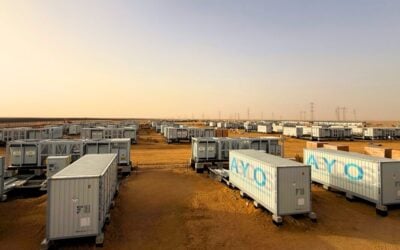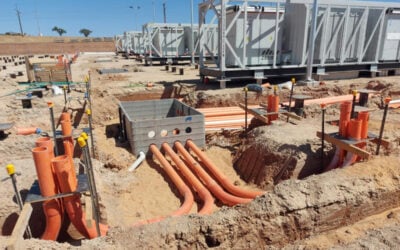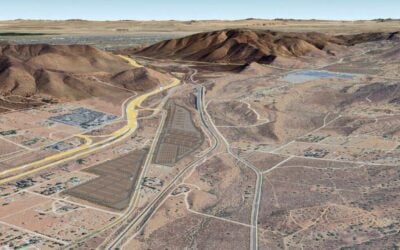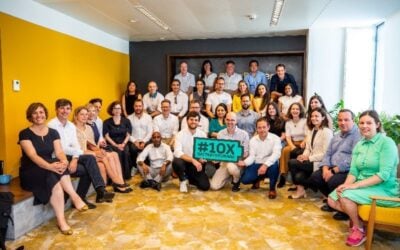
Utility Hawaiian Electric has finalised a plan to completely use renewable resources by 2045, including mid-term goals of adding renewables generation and rooftop solar by 2030.
In its Integrated Grid Plan: A pathway to a clean energy future, Hawaiian Electric planned to offer programmes to reduce barriers to private rooftop solar and shared solar projects for customers with low and moderate incomes.
Enjoy 12 months of exclusive analysis
- Regular insight and analysis of the industry’s biggest developments
- In-depth interviews with the industry’s leading figures
- Annual digital subscription to the PV Tech Power journal
- Discounts on Solar Media’s portfolio of events, in-person and virtual
In a plan announced in 2021, Hawaiian Electric said it would reduce its carbon emissions from power generation by 70% by 2030, adding 50,000 rooftop solar systems and 1GW of renewables to the utility’s generation capacity. But the company increased its goal after gathering data and meeting with various stakeholders.
In the proposal, Hawaiian Electric will add more than 3.7GW of hybrid solar, energy storage and firm renewables by 2030, including up to 1.34GW from Stage 3 procurements issued earlier this year, for which Hawaiian Electric is currently evaluating bids. The additions could enable the company to remove more than 540MW of fossil-fuel-based generation from daily operations by 2030.
The company said that successful implementation of the plan required enhanced energy policies, coordination of regulatory processes, robust community engagement and immediate action.
In addition to solar, the utility planned to add geothermal, renewable hydrogen, biomass/biofuels and ocean thermal energy conversion as potential solutions for firm generation, further strengthening its diverse portfolio of resources.
To read the full version of this story, visit PV Tech.






